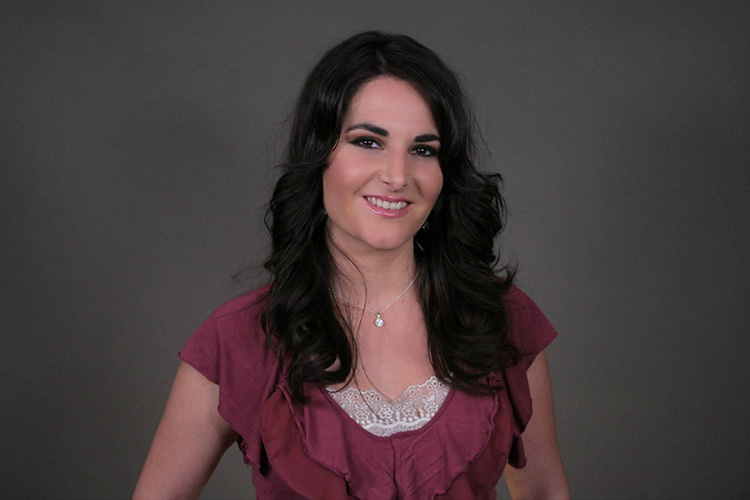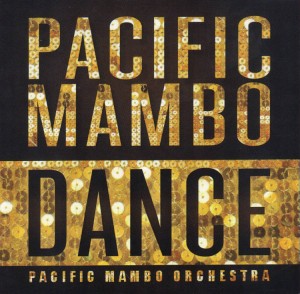Bria Sullivan is a late-twenties professional who lives in the Boston area. Recently, she moved into her first solo living situation: a one-bedroom apartment. “I can cartwheel across my living room without hitting anything!” she says about her new space. Yep, she’s stoked.
Sullivan is also two other things: a self-described “salsa dancing addict,” and a proud feminist. In fact, she even minored in Women’s Studies in college. Although this is the first apartment she has lived in completely alone, Sullivan has been self-sufficient since she was a teenager, leaving home to travel the world and eventually returning to the Boston area to be closer to family and build a career.
It was this return to Boston, a multi-cultural epicenter, that ignited her salsa love affair. A life-long dancer, Sullivan had always wanted to try the dance, but like many people, she was intimidated because of the speed of the music, as well as the intimate partner aspect. She started out by just going to a few socials, and before long, she had created a web of salsa-dancing friends, was regularly trying out new clubs, and had gotten totally hooked.
Eventually, though, she ran into a roadblock. It had to do with her sense of proud independence, which she was unconsciously taking with her when she went dancing. One of her most embarrassing moments on the dancefloor revealed a significant challenge to that sense of pride.
“I was dancing with a man who really knew what he was doing, but it was a fast song, and I was still new to salsa,” she says. “In the middle of the dance, he was trying to get me to do a few moves that I was unconsciously resisting, and he just yelled out in frustration, ‘Stop trying to lead me!’” Needless to say, he didn’t ask her for a second dance and she knew then she had a lot to learn about her role in partner dancing.
Sullivan is not aggressive, withholding, or afraid of intimacy. She’s a warm person who makes friends easily and is also very comfortable around men. But she had spent over a decade being assertive and self-sufficient, in charge of her own life and body. It’s hard to balance being fiercely independent with being successful in a partner dance, especially when, as a woman, you’re usually the “follow.”
“Communication is essential. Both partners need to be paying attention and listening with their body for it to work,” says Sullivan. “I learned more about relationships and communication between genders from dancing salsa than I ever learned in a gender studies class. The reward of learning to listen to that it is so rich.”
When she started to let her guard down and allow herself to be more receptive to her partner’s direction, Sullivan began to tap into this intuition. “I needed to learn how to listen to another person,” she recognized. “I had to learn to intuitively anticipate where and how the lead is going to move me based upon the cues of his fingers, where he’s placing his arms on my shoulders or my waist. It’s a huge part of dance and it took some time to get it right.”
So does Sullivan still consider herself a feminist? Of course! Now, more than ever. “The dance is not designed to show off the man’s power — the dance is designed to glorify and showcase the beauty and grace of the pair,” she says. Learning to become a better follower on the dance floor didn’t take away any of her power or independence as a woman — it just made her a better dancer.


Leave A Reply